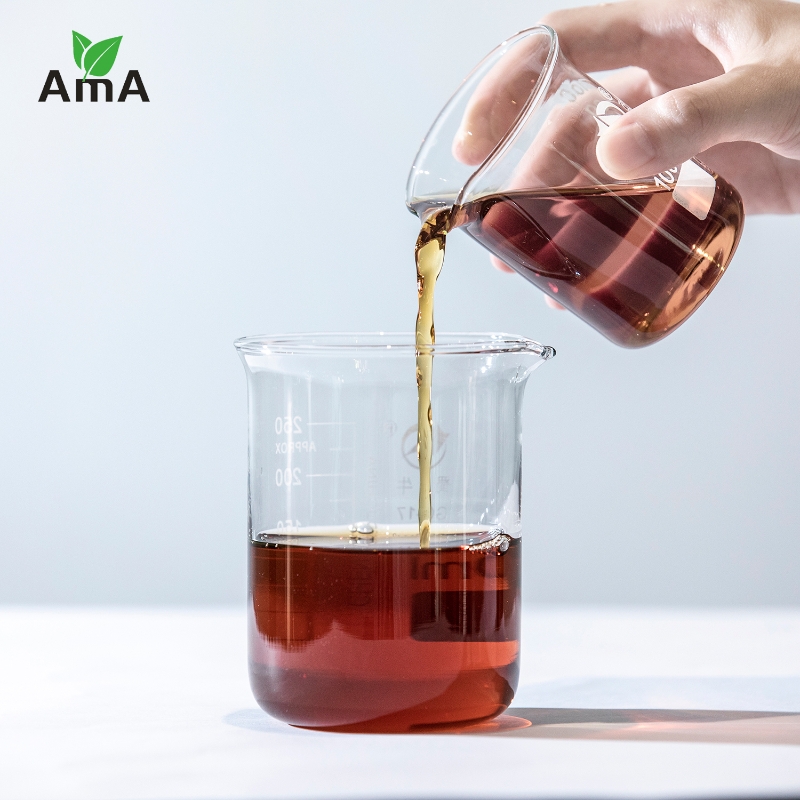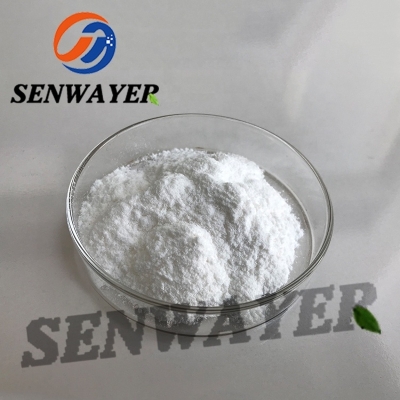-
Categories
-
Pharmaceutical Intermediates
-
Active Pharmaceutical Ingredients
-
Food Additives
- Industrial Coatings
- Agrochemicals
- Dyes and Pigments
- Surfactant
- Flavors and Fragrances
- Chemical Reagents
- Catalyst and Auxiliary
- Natural Products
- Inorganic Chemistry
-
Organic Chemistry
-
Biochemical Engineering
- Analytical Chemistry
- Cosmetic Ingredient
-
Pharmaceutical Intermediates
Promotion
ECHEMI Mall
Wholesale
Weekly Price
Exhibition
News
-
Trade Service
Emulsion preparation has been established by experience for a long time, gradually enriched and improved the theory, and is moving towards relying on theory to guide production
.
But in practice, it still depends on the operator's experience
.
**Today, the research and production of emulsified products** still recognize the importance of experience, because there are many factors involved in the preparation of emulsions, and there is no theory that can quantitatively guide the emulsification operation
.
Even with experienced operators, it can be difficult to guarantee that each batch will be well emulsified
.
After the emulsifier is selected through the small test, the corresponding emulsification process and operation method should be formulated to realize industrial production
.
There are many empirical methods for preparing emulsions, and each method has its own characteristics.
Which method to choose depends on personal experience and the conditions of the enterprise, but it must meet the basic requirements of cosmetic production
.
1.
Emulsion preparation process In the actual production process, although the same formula is sometimes used, the stability and other physical properties of the prepared products will also be different due to differences in temperature, emulsification time, feeding method and stirring conditions during operation.
, sometimes very different
.
Therefore, according to different formulas and different requirements, only by adopting appropriate preparation methods can high-quality products be obtained
.
(1) Production procedure (1) Preparation of oil phase Add oil, grease, wax, emulsifier and other oil-soluble components into the jacketed dissolving pot, turn on steam heating, and heat up to 70-75 °C under constant stirring conditions, Make it fully melted or dissolved evenly for use
.
Excessive heating and prolonged heating should be avoided to prevent oxidative deterioration of raw materials
.
Easily oxidized oil, preservatives and emulsifiers can be added to the oil phase before emulsification, and the emulsification can be carried out after uniform dissolution
.
(2) Preparation of water phase First, add deionized water into the jacketed dissolving pot, add water-soluble ingredients such as glycerin, propylene glycol, sorbitol and other moisturizing agents, alkalis, water-soluble emulsifiers, etc.
into it, and heat under stirring* *90-100℃, maintain sterilization for 20min, then cool to **70-80℃ for use
.
If the formula contains water-soluble polymer, it should be prepared separately, dissolve it in water, stir well at room temperature to swell evenly, prevent agglomeration, homogenize if necessary, and add the water phase before emulsification
.
To avoid prolonged heating, so as not to cause viscosity changes
.
In order to supplement the water volatilized during heating and emulsification, 3% to 5% more water can be added according to the formula
.
(3) Emulsification and cooling The above-mentioned oil phase and water phase raw materials are added to the emulsification pot in a certain order through a filter, and are stirred and emulsified for a certain period of time at a certain temperature (such as 70-80°C)
.
During the emulsification process, the addition method of the oil phase and the water phase (the oil phase is added to the water phase or the water phase is added to the oil phase), the speed of addition, stirring conditions, emulsification temperature and time, the structure and type of the emulsifier, etc.
Both the shape and its distribution state have a great influence
.
The speed and time of homogenization varies with different emulsification systems
.
In systems containing water-soluble polymers, the speed and time of homogenization should be strictly controlled to avoid excessive shearing, damage to the structure of the polymer, irreversible changes, and changes in the rheological properties of the system
.
If the formula contains vitamins or heat-sensitive additives, they should be added at a lower temperature after emulsification to ensure their activity, but attention should be paid to their solubility
.
After emulsification, the emulsification system should be cooled to near room temperature
.
The discharge temperature depends on the softening temperature of the emulsification system.
Generally, it should be able to flow out of the emulsification pot with the help of its own gravity
.
Of course, it can also be pumped out or pressed out with pressurized air
.
The cooling method is generally to pass the cooling water into the jacket of the emulsifying pot, and cool it while stirring
.
Cooling speed, shear stress during cooling, end point temperature, etc.
all affect the particle size and distribution of the emulsifier system.
It is best to choose the best conditions according to different emulsification systems
.
It is especially important when transferring from small experiments in the laboratory to large-scale industrial production
.
(4) Aging and filling Generally, it is stored and aged for a day or a few days before filling with a filling machine
.
The quality assessment of the product is required before filling, and the filling can be carried out only after the quality is qualified
.
(2) Method of adding emulsifier (1) The method of dissolving emulsifier in water This method is to directly dissolve the emulsifier in water, and then slowly add oil to water under vigorous stirring to make oil/water type Emulsion
.
If a water/oil emulsion is to be made, the oil phase will continue to be added until the phase is transformed into a water/oil emulsion.
The particle size of the emulsion obtained by this method is very uneven and therefore not very stable
.
(2) The method of dissolving the emulsifier in the oil There are two methods to obtain the emulsion by dissolving the emulsifier in the oil phase (this method is generally used when a nonionic surfactant is used as the emulsifier)
.
①Add the mixture of emulsifier and oil directly into water to form an oil/water emulsion
.
② Dissolve the emulsifier in the oil, add the water phase to the oil and fat mixture, and form a water/oil emulsion at the beginning.
When a large amount of water is added, the viscosity suddenly drops, and the phase inversion changes to an oil/water emulsion.
.
The emulsion particles obtained by this preparation method are uniform, and the average diameter is about 0.
5цm, so this method is commonly used
.
(3) The method of dissolving the emulsifier separately This method is to dissolve the water-soluble emulsifier in water, the oil-soluble emulsifier in the oil, and then add the water phase to the oil phase to form a water/oil type emulsion, When a large amount of water is added, the viscosity suddenly drops, and the phase inversion is changed to an oil/water emulsion
.
If it is made into a W/O type emulsion, the oil phase is first added to the water phase to form an O/W type emulsion, and then a W/O type emulsion is formed by phase inversion
.
The emulsion particles obtained by this method are also relatively fine, so this method is often used
.
(4) Primary soap method Both O/W type or W/O type emulsions stabilized with soaps can be prepared by this method
.
Dissolve fatty acids in oil, dissolve alkalis in water, mix and stir after heating, and the 2-phase contact occurs at the interface to generate soap by neutralization reaction, which plays an emulsifying effect
.
In this way, stable emulsions can be obtained
.
For example, vanishing cream made of potassium stearate soap, cream, milk and so on made of stearic acid amine soap
.







